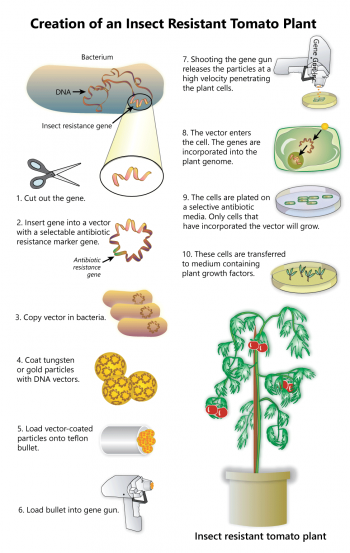What’s an intentional mutation? Nothing more than a fancy technological phrase which describes a new way that biotech is getting around regulatory approval for genetically modified crops.
Scientists have already created ‘designer monkeys’ by orchestrating precise genetic mutations. The same technology used to achieve this feat more than ten years ago is now being used by companies like Scott’s (of famed and failed GMO grass) to create genetically modified food without the oversight of the United States Department of Agriculture (USDA) or of the US Food and Drug Administration (FDA).
It isn’t as though these alphabet agencies offer much protection to the average US consumer anyway. Considering that no long-term studies have been conducted on altered DNA and human health, and the fact that the USDA and FDA seem to give their rubber stamp to almost every biotech creation without a second glance, many people have long turned to other ‘experts’ to get their facts on genetically modified foods.
However, taking away the regulatory process makes it that much easier for biotech companies like Monsanto, Bayer, Dow, Scott’s, etc. to infiltrate non-GM crops with their altered plants.
Until now, at least the guise of a regulation would stall a biotech company long enough for the public to get wind of their plans, and to at least voice their concern, if not smoldering outrage, at a GM apple that doesn’t brown, or GE salmon that grows ten times the size of non-GM salmon.
Click for large version.
How do companies like Scott’s plan to unleash new GM grass, and other genetically modified crops? By utilizing “genome editing” which wasn’t even heard of when regulations for GMO crops were originally penned.

